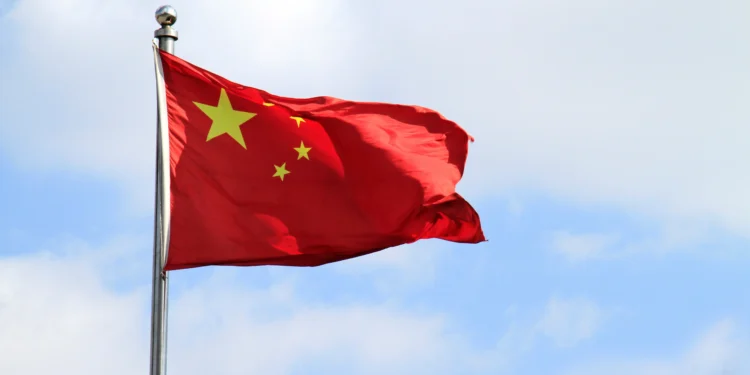China has announced a significant escalation in the ongoing trade war with the United States by imposing increased tariffs on U.S. goods.
Starting Saturday, April 12, 2025, tariffs on American imports will rise from 84% to an unprecedented 125%, marking another countermeasure in response to the U.S.’s aggressive trade policies.
This latest development follows U.S. President Donald Trump’s decision to implement universal tariffs against China totaling 145%.
While announcing the 125% tariffs on Wednesday, President Trump notably excluded an additional 20% tariff tied to China’s alleged role in fentanyl production, further intensifying the standoff.
A joke in the history of the world economy
China’s Commerce Ministry has dismissed the United States’ tariff hikes as economically frivolous and warned of their long-term consequences.
“The U.S. alternately raising abnormally high tariffs on China has become a numbers game, which has no practical economic significance, and will become a joke in the history of the world economy,” said a spokesman from the Ministry.
Despite this, China’s stance remains resolute. The Commerce Ministry reaffirmed its readiness to defend national interests and counter the U.S.’s actions decisively.
“If the U.S. insists on continuing to substantially infringe on China’s interests, China will resolutely counter and fight to the end,” the spokesman added.
China goes to court
The Ministry also announced plans to file a fresh lawsuit with the World Trade Organization (WTO) challenging the legality of the heightened U.S. tariffs.
- This legal move underscores China’s ongoing commitment to leveraging international mechanisms in its fight against perceived economic aggression.
- Trump on Wednesday announced a 90-day pause on newly implemented reciprocal tariffs affecting dozens of trade partners in a dramatic policy reversal, just hours after they took effect.
The decision marks a major shift in the administration’s trade strategy after mounting pressure from global markets, business leaders, and investors concerned about recession risks.
What you should know
The higher tariffs had targeted 56 countries and the European Union with duties exceeding 30%, sparking market volatility. Under the new arrangement, these countries will now face a baseline tariff of 10%, except China.
- As trade relations between the two superpowers deteriorate further, global markets are bracing for the ripple effects of these intensified tariffs.
- Economists predict heightened uncertainty and potential disruptions to international supply chains as both nations continue to take combative measures against each other.
China’s countermeasure demonstrates its determination to assert its economic sovereignty while underscoring the potential for prolonged tension in the global trade arena.
























